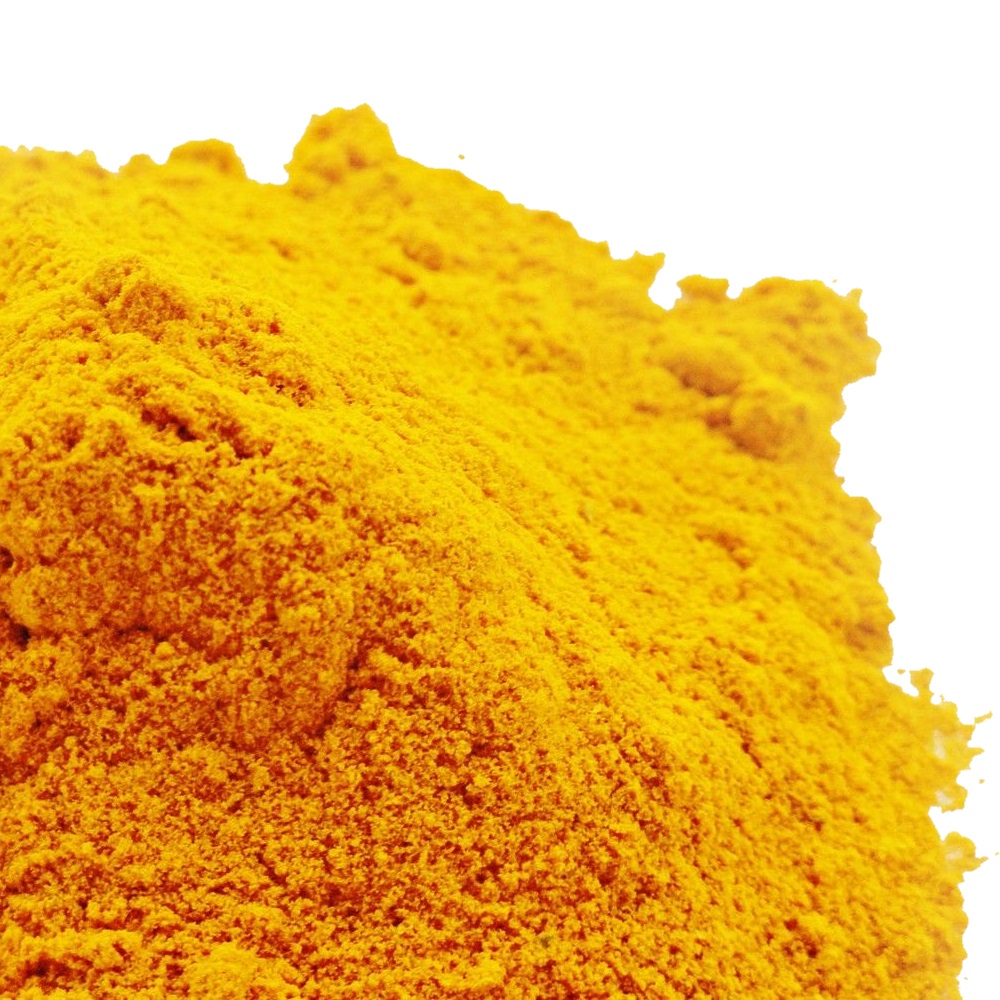Description
Please note: pigments are insoluble in water. They are for use in dry applications (such as mixture with other powder to colour it), or for mixture with oil to form a suspension e.g, with linseed oil to make oil paints. If you need a colouring to dissolve in water, please see our range of water soluble dyes.
Lakes are often used to colour food, drugs and cosmetics. For food colouring, lake pigments are used when water soluble food dyes are inefficient. Specifically, when the food at hand lacks the appropriate level of moisture in which other types of dyes can dissolve, lake pigments are often used. Lake pigments are also used for colouring foods containing fats and oils. While both traditional food dyes and lake pigments are both oil insoluble, lakes are oil dispersible. Lakes are commonly used in personal care products such as lipsticks, eye-shadow, nail polishes, lotions and other cosmetics because of their chemical attributes and colouring qualities.
| Names | |
| IUPAC name
Trisodium 5-hydroxy-1-(4-sulfonatophenyl)-4-[(E)-(4-sulfonatophenyl)diazenyl]-1H-pyrazole-3-carboxylate |
|
| Other names
FD&C Yellow 5 |
|
| Identifiers | |
| CAS Number | · 1934-21-0 |
| 3D model (JSmol) | · Interactive image |
| ChemSpider | · 10606981 |
| ECHA InfoCard | 100.016.091 |
| E number | E102 (colours) |
| PubChem CID | · 6321403 |
| UNII | · I753WB2F1M |
| InChI[show] | |
| SMILES[show] | |
| Properties | |
| Chemical formula | C16H9N4Na3O9S2 |
| Molar mass | 534.36 g·mol−1 |
| Solubility in water | 20 g/100 mL |
| Solubility | 18 g/100 mL in glycerol, negligible in ethanol |
| Hazards | |
| NFPA 704 | 1
2 0 |
| Except where otherwise noted, data are given for materials in their standard state (at 25 °C [77 °F], 100 kPa). | |
| verify (what is ?) | |
| Infobox references | |
source:https://en.wikipedia.org/wiki/Tartrazine

Reviews
There are no reviews yet.